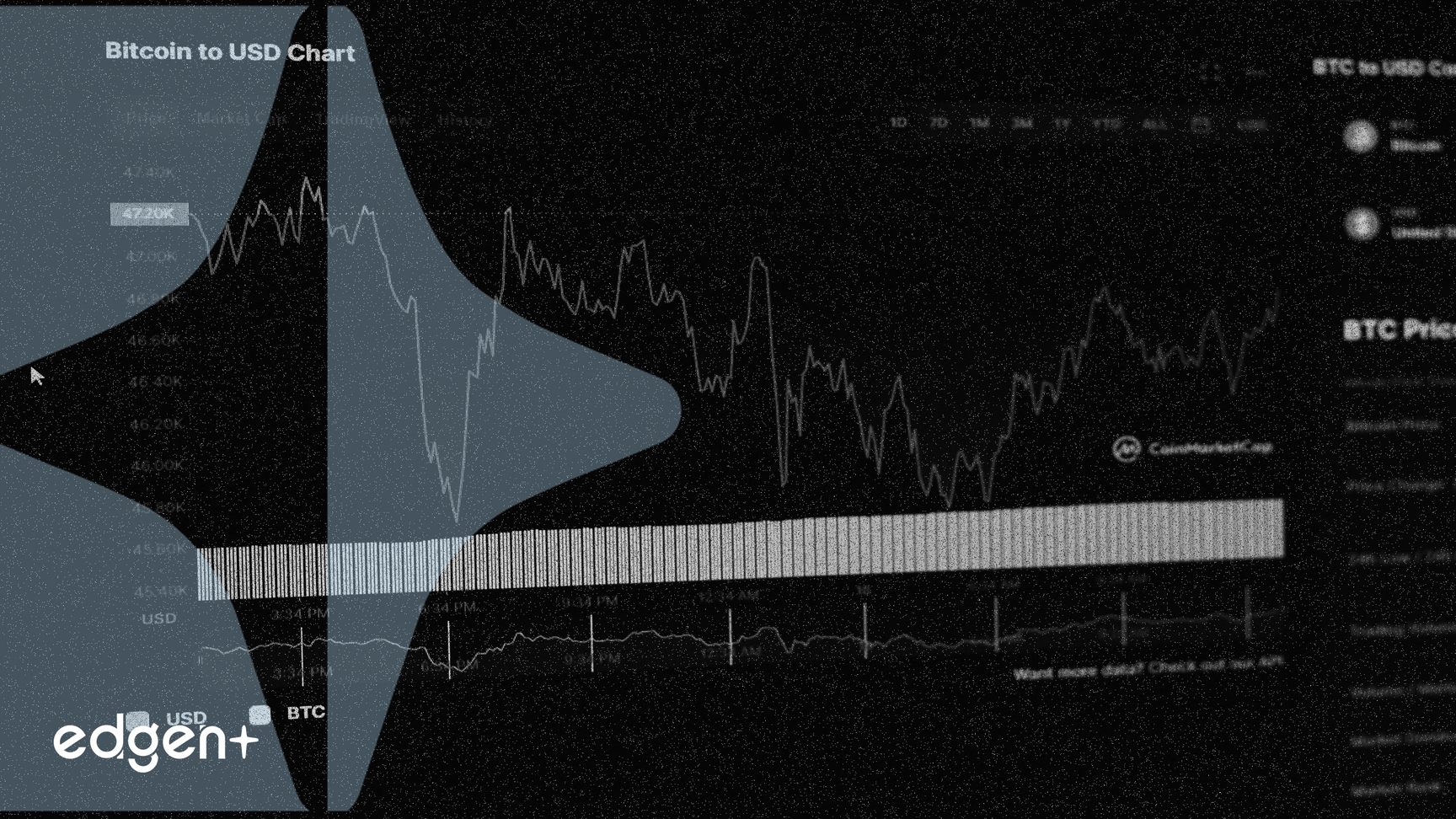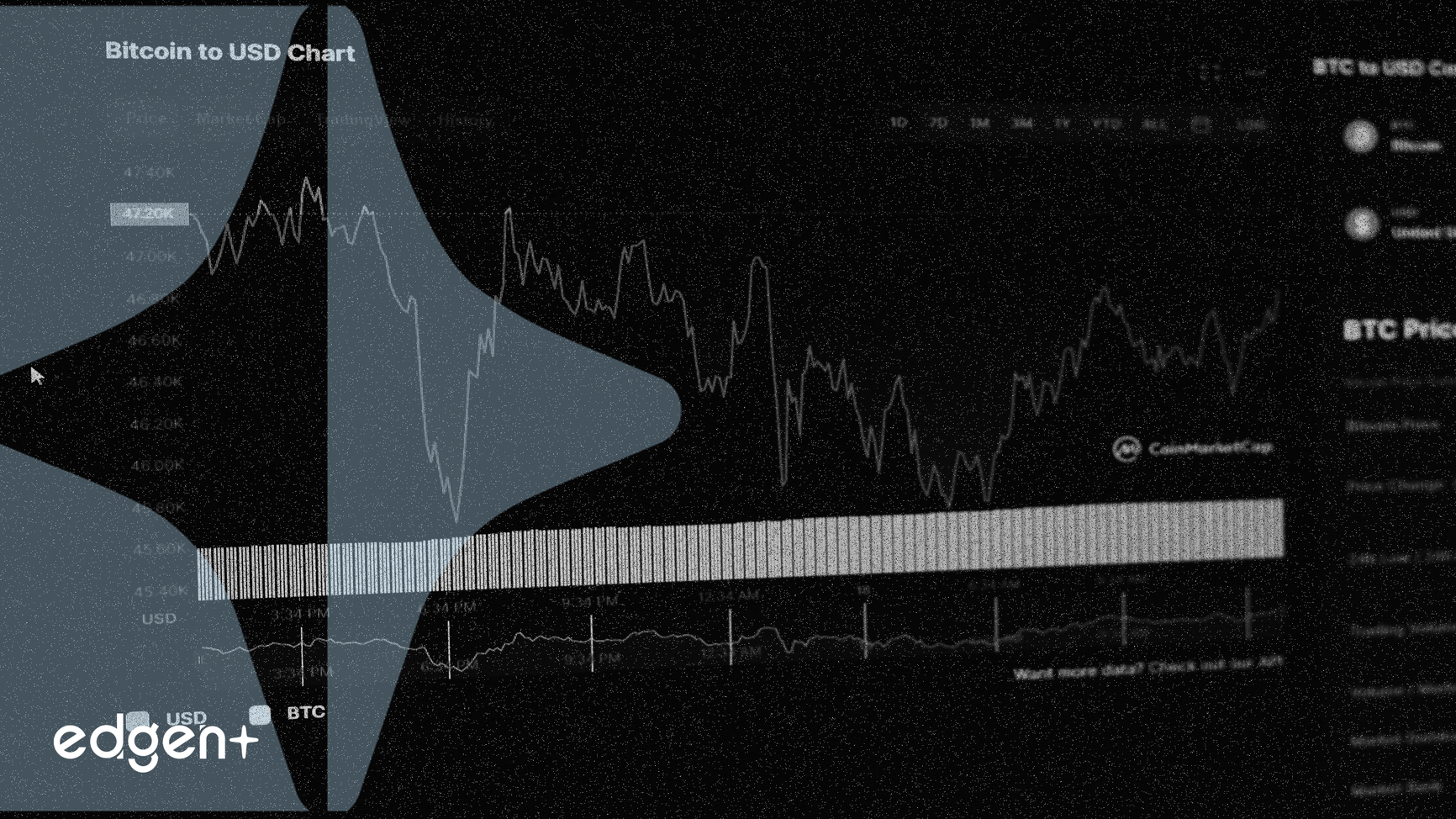General Motors is reducing electric vehicle production and delaying a new shift at key plants, citing diminished federal support and slower industry growth, a move that reflects broader recalibration within the EV sector.
General Motors Recalibrates EV Production Strategy
General Motors announced significant adjustments to its electric vehicle (EV) production schedules, signaling a recalibration in response to evolving market conditions and diminished federal incentives. The moves include temporary production halts and layoffs at key EV manufacturing facilities.
The Event in Detail: Production Cuts and Layoffs
Effective December, General Motors will temporarily cease production of Cadillac Lyriq and Cadillac Vistiq SUV models at its Spring Hill, Tennessee, plant. This is part of a broader plan anticipating a substantial reduction in production for these vehicles during the first five months of 2026, which will lead to temporary layoffs for one of two worker shifts. Further production adjustments include plant closures for one week each in October and November 2025 for these models, and an indefinite postponement of the second shift at a plant near Kansas City, impacting Chevy Bolt EV production. These adjustments will affect approximately 700 workers at the Spring Hill plant starting January 2026, with affected employees potentially qualifying for sub-pay and benefits under their union contract.
Analysis of Market Reaction: Policy Shifts and Demand Trends
GM's decision is primarily a strategic response to what the company describes as "slower EV industry growth and customer demand." A significant factor is the Trump administration's rollback of federal EV tax credits and fuel-efficiency penalties. Specifically, the expiration of the $7,500 federal EV tax credit by the end of September 2025 is a key driver, rendering EVs less financially appealing to consumers. The removal of penalties for automakers failing to meet federal Corporate Average Fuel Economy (CAFE) standards further reduces the incentive for aggressive EV production targets. This proactive measure aims to prevent an oversupply of vehicles, which would inflate inventory carrying costs and tie up capital on GM's balance sheet, indicating an uncertain to bearish sentiment for GM and potentially the broader Electric Vehicles Sector if reliance on federal incentives persists.
Broader Context & Implications: An Industry-Wide Recalibration
The adjustments at General Motors underscore a significant shift in the Electric Vehicles Sector, moving away from a subsidy-driven growth model towards one emphasizing profitability and operational efficiency. This trend is not isolated to GM; other major automakers are also recalibrating their EV strategies. Rivian, for instance, is reducing its workforce, and Volkswagen has slowed production of its electric ID.4 SUV in Tennessee, leading to furloughs. Earlier, GM itself announced temporary layoffs at its Factory ZERO in Detroit affecting GMC Hummer EV and Cadillac Escalade IQ production. The industry is witnessing a potential cooling in the pace of EV adoption in the United States as government incentives diminish. Companies with diversified manufacturing capabilities, like GM, which leverage both ICE (internal combustion engine) and EV production, are demonstrating strategic agility to pivot based on market demand. This stands in contrast to pure-play EV manufacturers who may lack the flexibility of an established ICE business. While GM reported record EV sales in August 2025, the company acknowledges the importance of its gasoline-powered lineup in balancing market shifts, suggesting a potential resurgence in demand for traditional vehicles if EV affordability remains a challenge.
Expert Commentary: Navigating Market Stabilization
The market's transition is creating new challenges. Duncan Aldred, GM's North America president, has acknowledged the market will take months to stabilize post-tax credit expiration.
"The market will take months to stabilize post-tax credit expiration." This strategic patience is crucial, as overproduction in a shrinking market would inevitably erode margins and strain liquidity.
Looking Ahead: Strategic Resilience in a Shifting Landscape
The current environment suggests increased caution among investors regarding the near-term growth prospects of the EV sector, particularly for companies heavily reliant on government subsidies. Key factors to watch in the coming months include further economic reports, evolving consumer preferences, and any potential shifts in policy. Despite the production cuts, General Motors remains bullish on its long-term EV strategy. The company is positioning the upcoming 2027 Chevy Bolt EV model, priced below $30,000 and equipped with Tesla's NACS plug and LFP battery technology, as a mainstream EV. Its affordability could help GM retain market share in a segment where price sensitivity is paramount, although lower profit margins compared to premium models like the Cadillac Lyriq highlight the trade-offs in democratizing EVs. The automotive industry will continue to navigate the intricate balance between technological innovation, market demand, and governmental policy.



